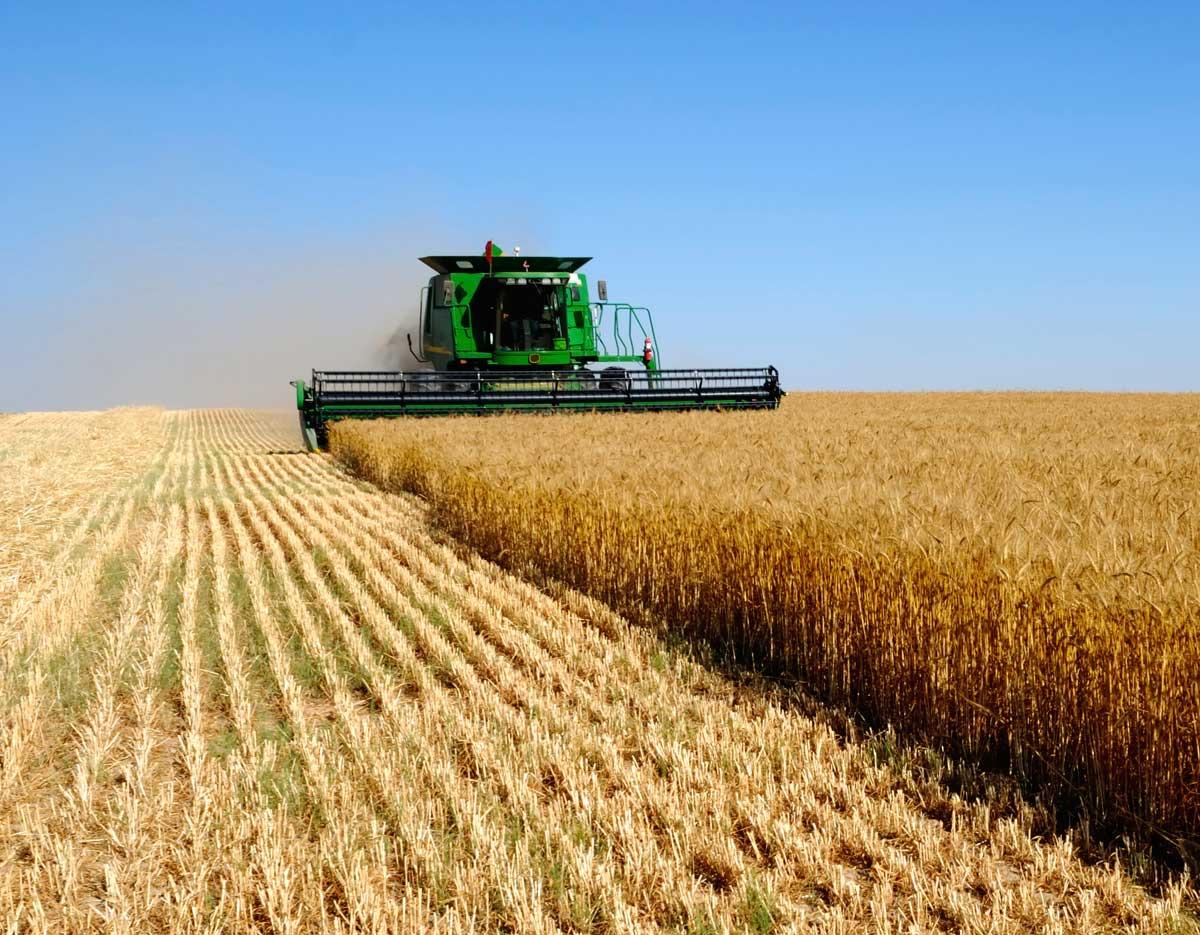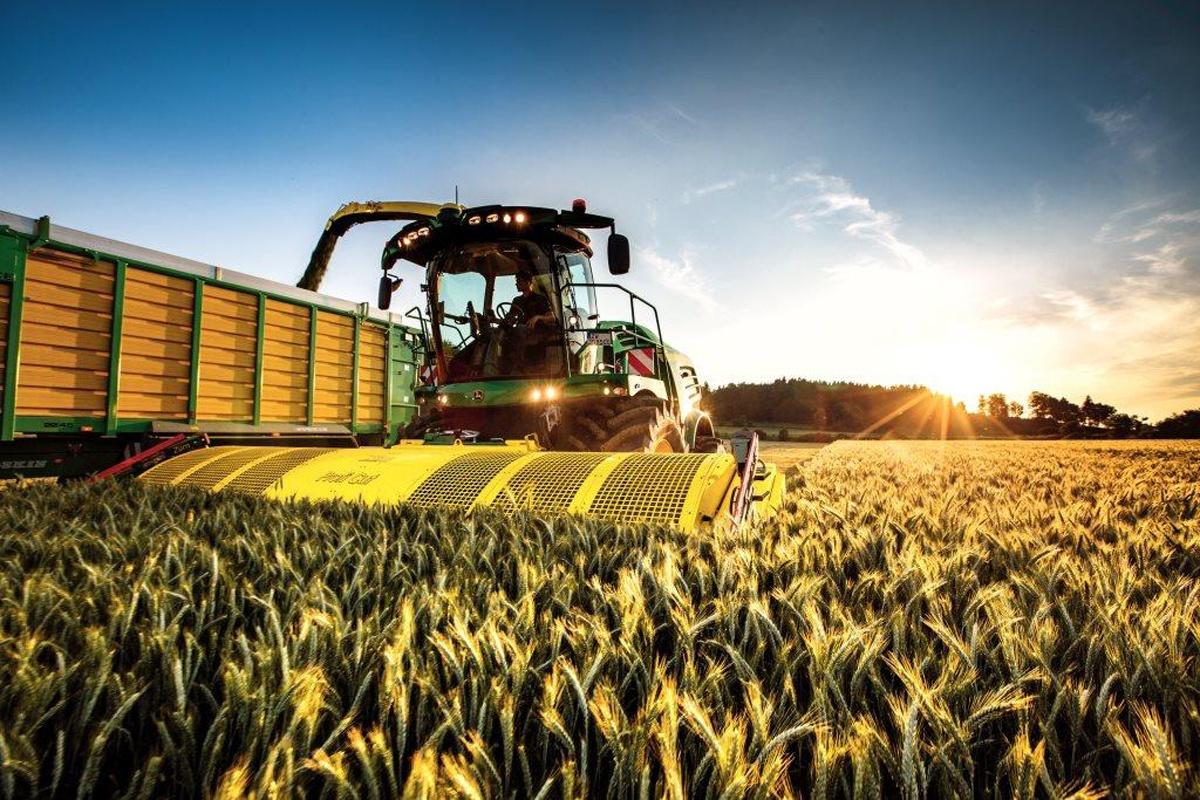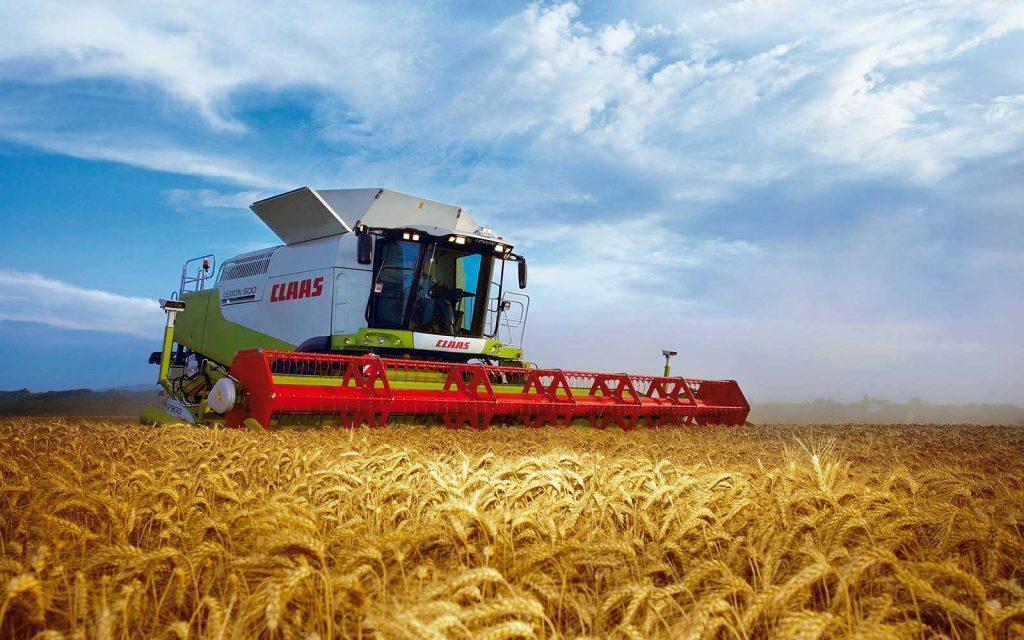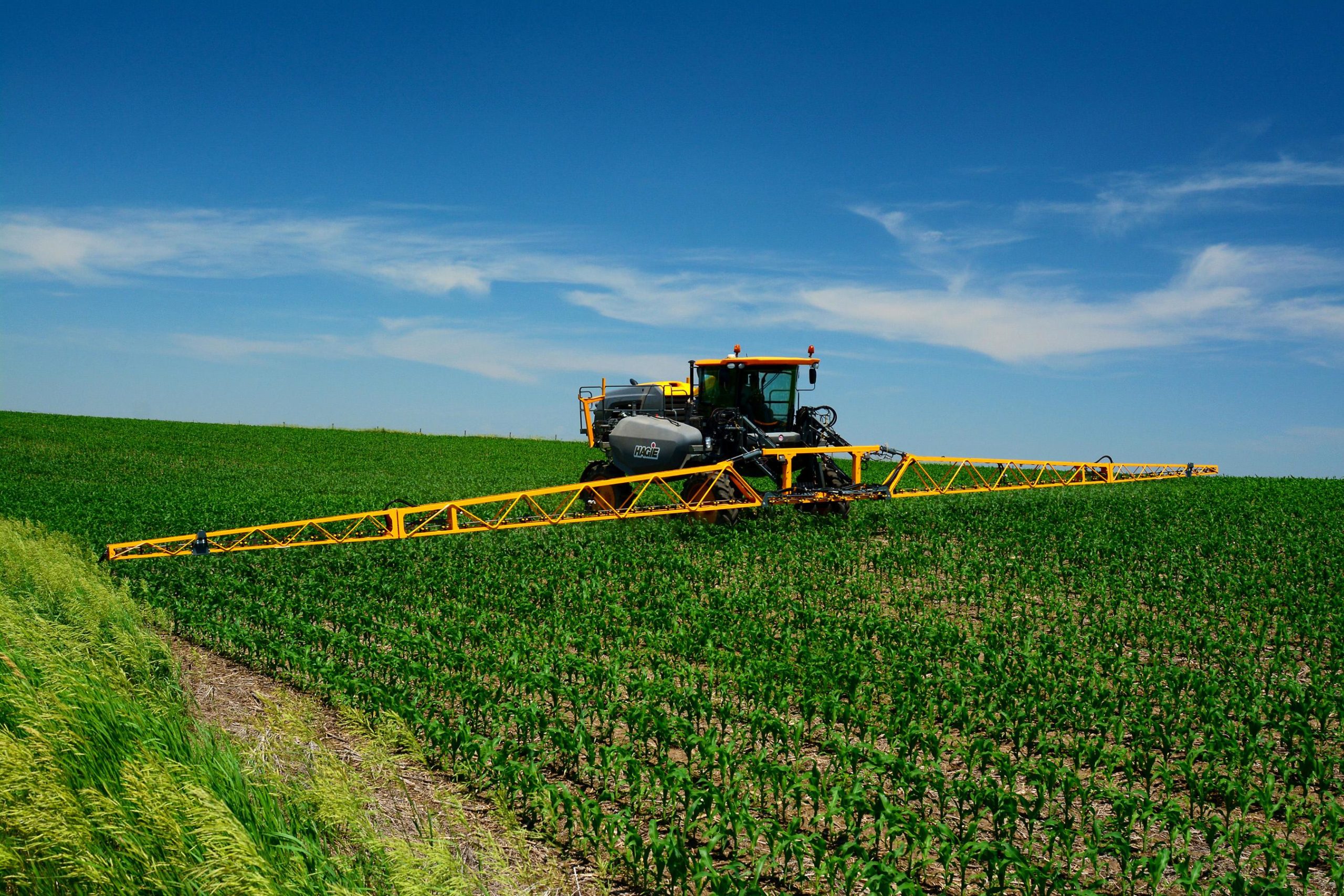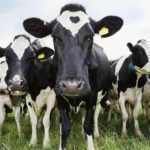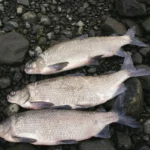It is difficult to imagine agriculture without crop production. Thanks to the suitable climate and increased concentration of arable land in Russia, a wide variety of crops can be grown. Many grains grow here - wheat, rye, barley. Sugar beets, potatoes, and sunflowers are also actively cultivated in the country. The main branches of crop production in Russia are discussed below.
The role of crop production in the Russian Federation
Crop production is an important activity.This industry exceeds 50% of the total agricultural production in the Russian Federation. Crop products are considered an important part of the human diet and are used as animal feed.
However, to get a good harvest, the following is required:
- fertile soil;
- favorable climate and weather conditions;
- suitable socio-economic circumstances.
Industries
Crop production in Russia is characterized by a number of promising sectors. They are classified according to the crops grown.
Grain industry
This is a very important branch of agriculture. Cereals form the basis of human nutrition and are actively used as feed for animals. The following types of cereals are actively grown in Russia:
- wheat;
- corn;
- oats;
- rye;
- rice;
- barley;
- buckwheat;
- millet.
Grain is the main food product, a significant part of the food supply and raw material for various industries. The leading position is occupied by the cultivation of wheat. This plant can be cultivated in a variety of conditions - this is due to the creation of many different varieties.
The main goal of the industry in question is the production of grain. It is subsequently subjected to mechanical stress to produce the following products:
- cereals are an important part of the human diet;
- fodder for feeding livestock;
- raw materials for various branches of the food industry;
- natural fuel.
The key value of the grain lies in its small size with significant calorie content. This product can also be easily transported over long distances. In addition, it is characterized by a long shelf life. Ripe grains contain many nutritional elements. They contain valuable vitamins and microelements.
Viticulture and gardening
To maintain health, people need to consume more than 100 kilograms of fresh fruits, berries and nuts per year. However, the current state of Russian gardening does not meet this need even by a quarter.
The total number of nurseries in the Russian Federation reaches 1221. At the same time, the total need for them reaches 10 thousand. The required conditions have been created for the bookmark. The amount of planting material in order to fully ensure Russian horticulture should be 24 million. Moreover, the current level of production in this industry is a maximum of 10 million.
To provide the population with fruit, it is recommended to develop 378 thousand hectares of new areas. This will make it possible to grow key plants for the Russian market - apple trees, plums, pears, cherries, peaches, and apricots. There is also a need for the cultivation of berry bushes. Among them it is worth highlighting raspberries, strawberries, gooseberries and currants. Despite the fact that there are a number of problems, there is also a positive trend in increasing production in the industry.
If we consider viticulture, its area occupies 55 thousand hectares in the southern regions of the European part of the Russian Federation. This helps to produce 140 thousand tons of table varieties and 440 thousand tons of technical varieties every year.
However, this industry does not satisfy people's demand for wine and grapes. This leads to an increase in the number of imported products. However, there are still some prospects for changing the current state of affairs.This is evidenced by the increase in the number of amateurs who grow this crop in central Russia and even master their own winemaking.
Growing vegetables and melon growing
Vegetables should make up a significant part of the modern person's diet. Today they are grown in fields and in greenhouses. There are 30 varieties of vegetable crops in the Russian Federation. The most common plants include onions, carrots, cabbage, cucumbers, tomatoes, and beets. Radishes, peppers, eggplants, zucchini, and garlic are also actively cultivated here.
A distinctive feature of vegetable growing is the need for a large amount of manual labor. This industry also involves significant material costs per unit of production, which are aggravated by short shelf life. In addition, vegetables are considered vulnerable when placed from one container to another. It is likely that most of these products are grown on private farms - about 70%.
In terms of vegetable production, the Russian Federation is significantly inferior to its competitors. Every year 14-16 million tons of vegetables are grown here. This means 106 kilograms per consumer. The norm is 140 kilograms. This creates a strong dependence on imports.
Growing Potatoes
Potatoes are considered one of the main food products in the Russian Federation. This crop is easy to grow, produces a good harvest, has excellent taste and is affordable. The national economy has an annual demand for this vegetable at the level of 26 million tons per year. Moreover, more than 50% is spent on food consumption. A fifth of the total amount is spent on livestock feed, and the rest on losses, processing and seeds.
To harvest a good potato harvest, you must follow the following rules:
- prepare the soil thoroughly;
- add fertilizers to the soil;
- carry out mechanical processing at the ripening stage;
- constantly fight pathologies, parasites and unwanted vegetation;
- harvest in a timely manner;
- organize proper storage of root crops.
Most of these processes are highly labor-intensive and require a significant amount of manual labor. However, without this it will not be possible to provide people with potatoes at the rate of 90 kilograms per person per year. This indicator is considered the usual norm.
Technical plant growing
This industry involves the cultivation of agricultural plants for the subsequent production of technical raw materials. This category includes vegetable oil, sugar, starch. Also included are rubber, spinning fibers and much more.
The following serves as the basis for technical crop production in the Russian Federation:
- Sunflower is considered the most common industrial crop. It is actively grown in the North Caucasus, the Volga region and the Central Black Earth Region.
- Sugar beets are not only raw materials for the production of sugar, but also valuable animal feed. This plant is cultivated in the same regions as sunflower.
- Fiber flax grows well only in the north of the European part of Russia. At the same time, this crop accounts for a maximum of 1% of the area of technical crop production.
- Potatoes are actively used for the production of alcohol and starch.
Feed production
The production of animal feed is considered the most important branch of agriculture in the Russian Federation. In addition, forage crops perform the functions of green manure plants. They have a beneficial effect on the condition of the soil and help to successfully cope with unwanted vegetation. Such crops are excellent at resisting erosion.
The climate of the Russian Federation makes it possible to grow the following categories of plants:
- feed - this includes vetch, alfalfa, barley, clover, oats;
- root vegetables - these include carrots, beets, potatoes;
- silage - includes sunflower and corn;
- melons - this group includes pumpkin and watermelon.
In addition, in the Russian Federation there are many pastures and haylands, which make it possible to feed significant numbers of livestock. This helps to provide people with livestock products and organize their export.
Problems of Russian crop production
The main problem of modern Russian crop production is that supply does not meet demand, which is constantly increasing. Cities are rapidly expanding their borders. In addition, the number of people in them is growing rapidly. At the same time, there is a reduction in meadow areas, forestry and crop areas.
An important problem for the industry is considered to be insufficient support at the state level. Seeds, fertilizers and agricultural technology are quite expensive. All this stops large producers and farmers from subsequently expanding their planting areas, using innovative technologies, and purchasing plants that are easy to grow, high in yield, and resistant to weather conditions.
The shortage of technical and human resources in the industry leads to the fact that 14% of the harvest remains unharvested.Another 11% of plants do not have time to mature due to insufficient nutrition or care.
Weather conditions also affect crop yield parameters. They depend on the amount of precipitation, average temperatures and other factors. An unstable environmental situation causes uncontrolled and unpredictable climate changes. This creates some difficulties in choosing suitable conditions for growing crops.
Even with a successful harvest, there is no guarantee that crop products will be fully used for food purposes or as raw materials for production. Grains or vegetables often suffer from pests, rot or mold during storage. These problems are more common in regions with high humidity.
Crop production in the Russian Federation is an important part of agriculture. It includes many promising industries that need development and support from the state.

